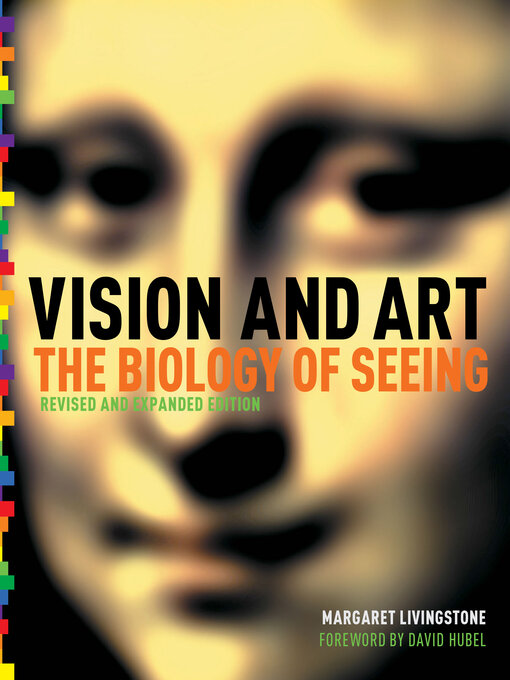We recognize the artistry of Mona Lisa's elusive smile, but is there an underlying science? In this groundbreaking study, Harvard neurobiologist Margaret Livingstone explains how vision works. She tells us how great painters fool the brain: why Mona Lisa's smile seems so mysterious, Monet's Poppy Field appears to sway in the breeze, Mondrian's Broadway Boogie Woogie blinks like the lights of Times Square, and Warhol's Electric Chair pulses with current. Drawing on history and her own cutting-edge discoveries, Livingstone offers intriguing insights, from explanations of common optical illusions to speculations on the correlation of learning disabilities with artistic skill. Her lucid, accessible theories are illustrated throughout with fine art and clear diagrams. In his foreword, Nobel Prizeâwinner Hubel posits that neurobiology will enhance the art of the future just as anatomy did in centuries past. That future begins with this fascinating book.
- Books we love
- Bump into fiction
- Picks for children
- Books you may have missed
- See all ebooks collections



